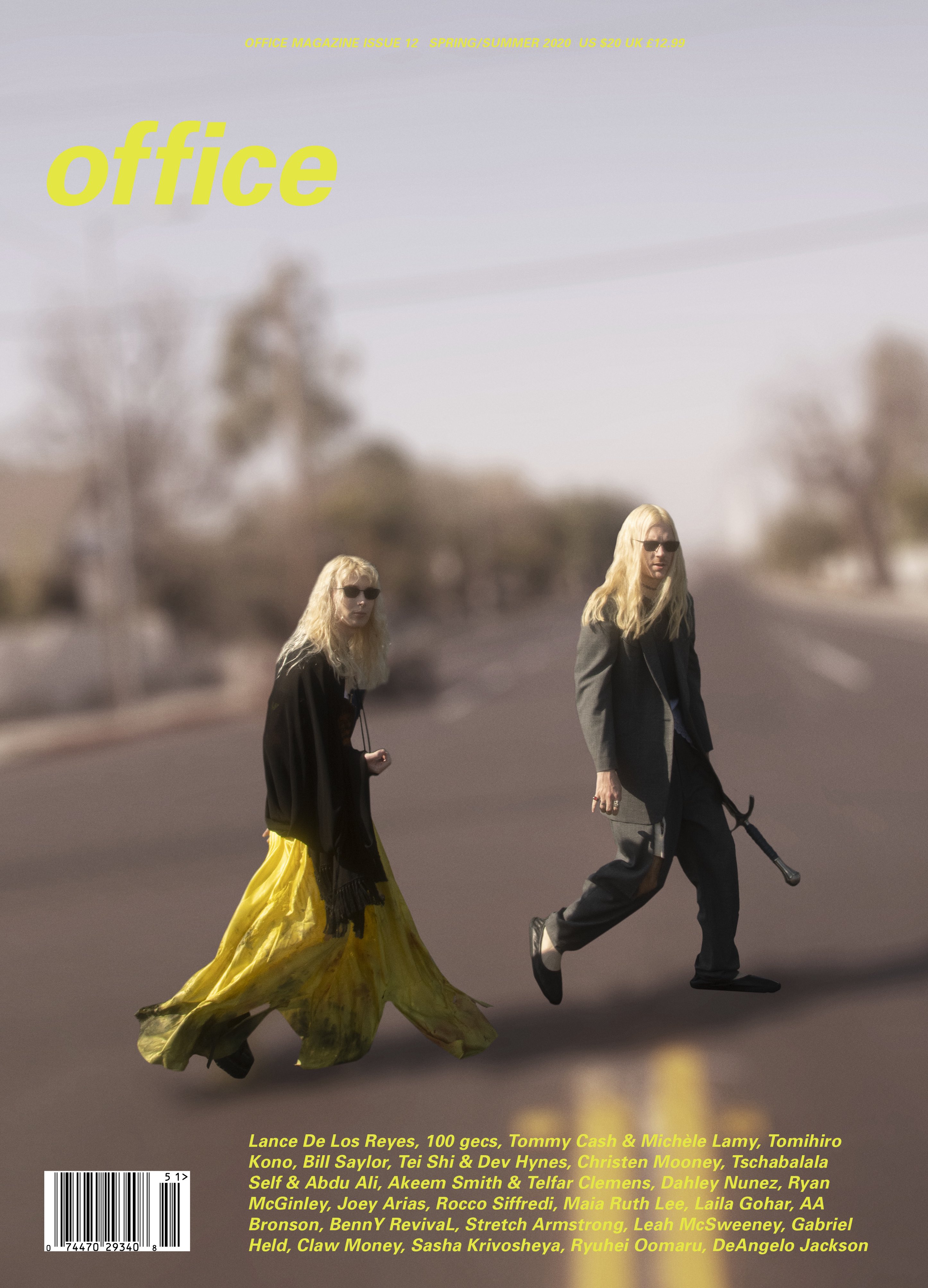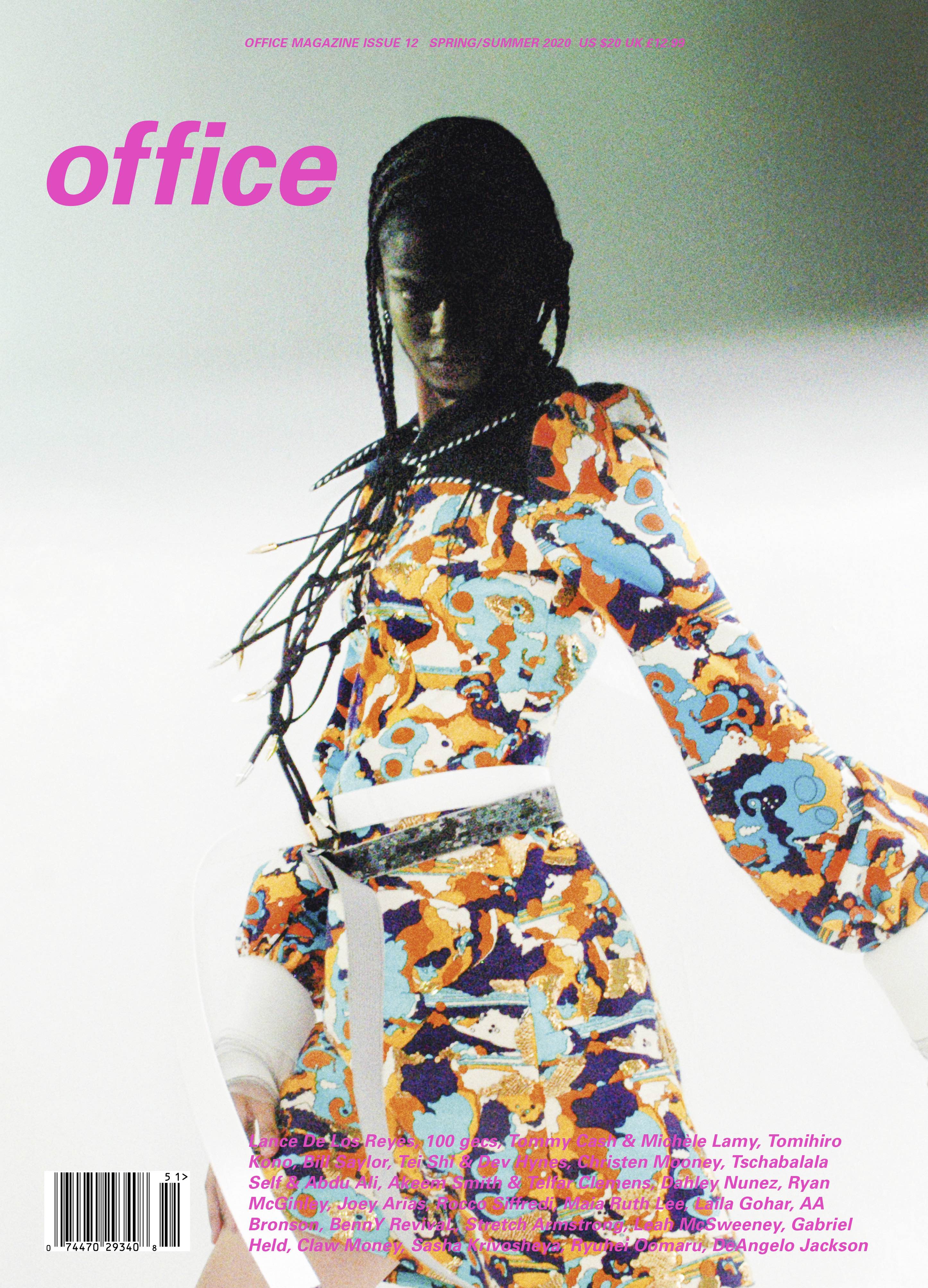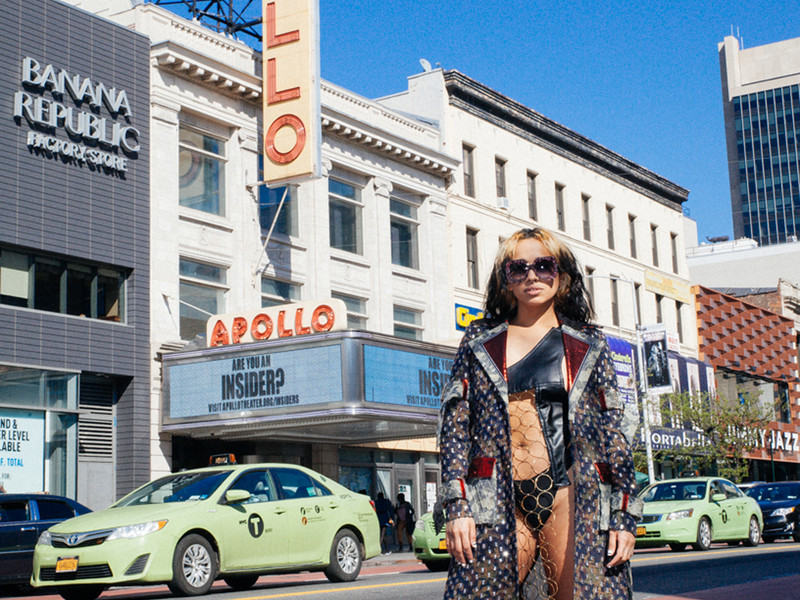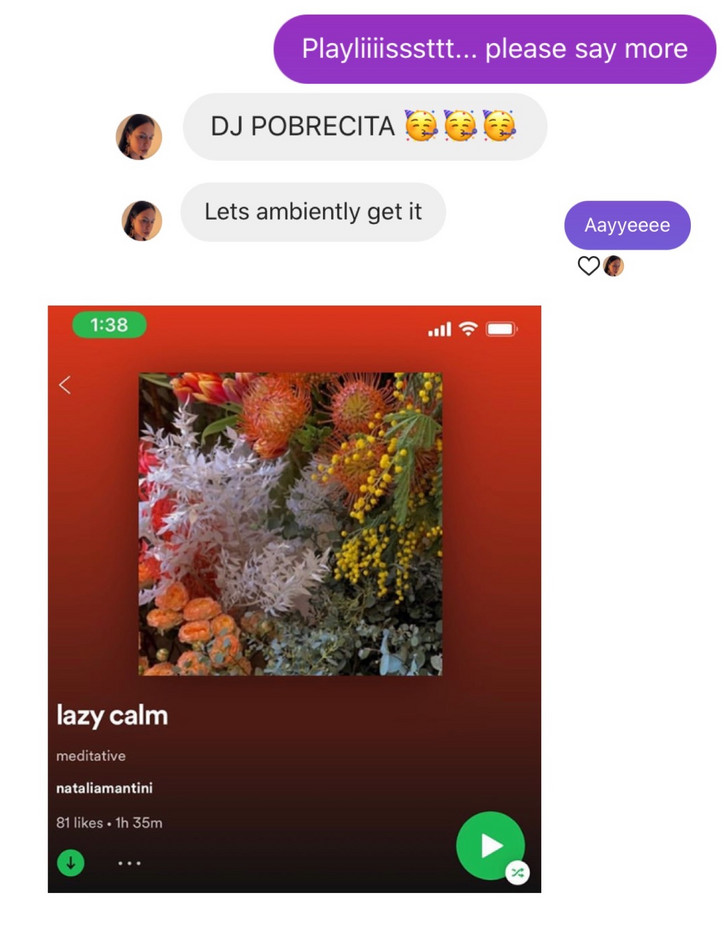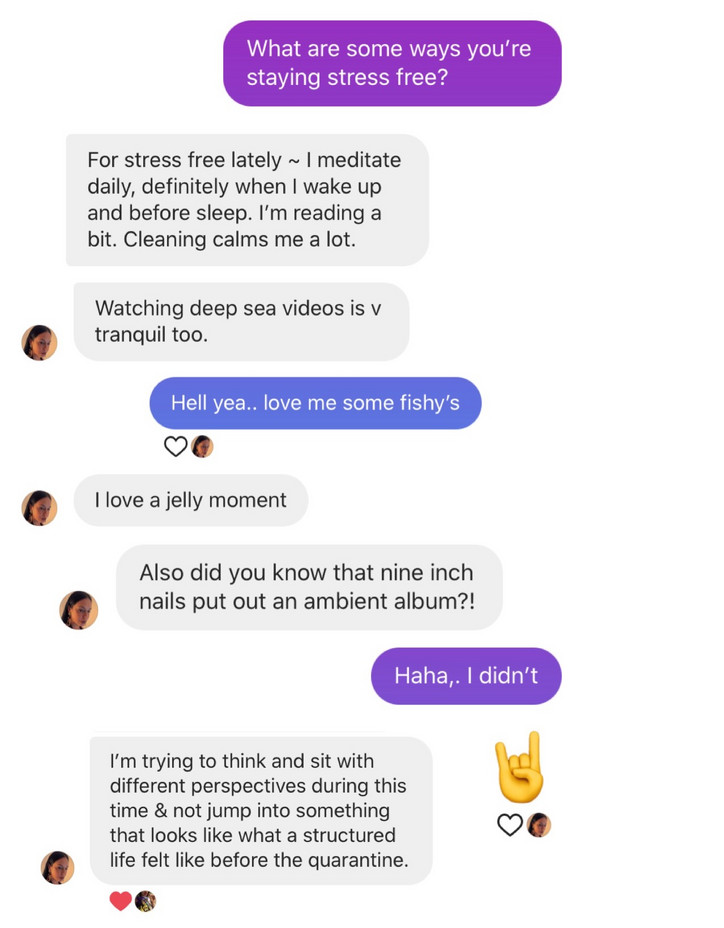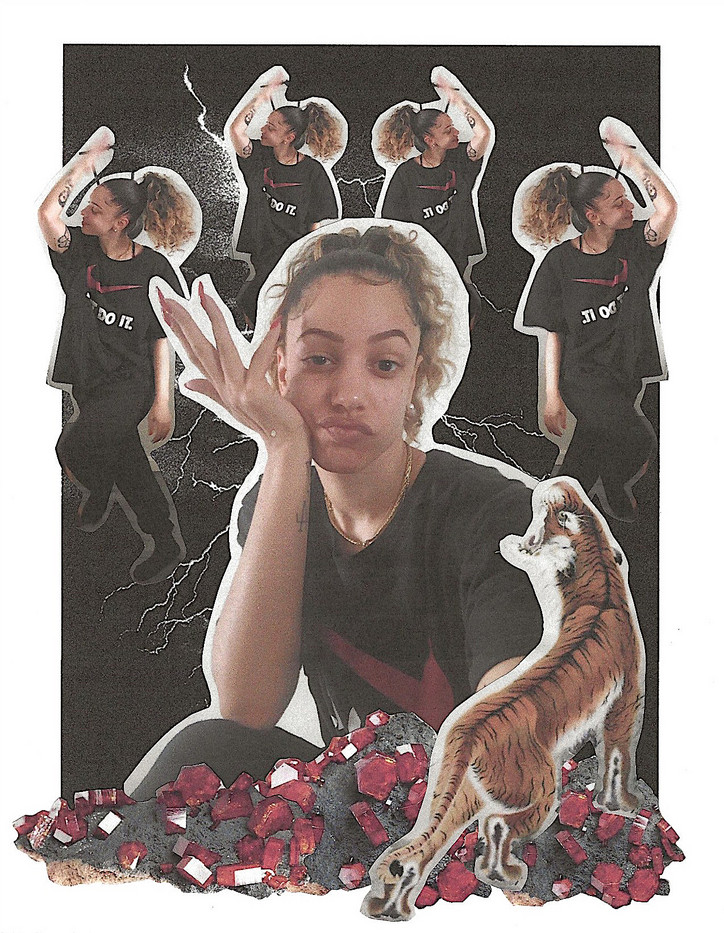In the wake of the citywide shelter-in-place ordinance, friends and local residents Dalya Benor and Frank Nesbitt put pen to paper about collective musings and projections on life before, during and after the coronavirus. Over the course of a few Facetime calls, phone conversations, and many texts, Frank and Dalya have documented a back-and-forth discussion about what the transformation of society may reveal in the coming months.
Is this the greatest artist incubation period the world has ever known? After months of contactless dating, will summer bring about a sexual revolution that puts the 70s to shame? When we come out of the rubble, will we emerge into a world glittering with a renaissance of creativity that has been incubating, or will everyone be tepidly adjusting back to normal life?
Offering a critical observation of where we are now, as well as thoughts on the future in the arts, technology and culture in the aftermath of COVID-19, two creatives provide insight into the state of the world we once knew.
Cultural & Social Upheaval
Dalya Benor—On a recent episode of NPR cognitive scientist Hugo Mercier talked about the political polarization happening where people are being divided into two ends of the spectrum. He also mentions an “optimistic anxiety” that coronavirus causes — a positive anxiety that forces people to react to the situation at hand. Have you noticed either of these things occurring?
Frank Nesbitt—I’ve seen both sides of the spectrum, there’s a lot of confusion and fear right now leading to a crippling anxiety from people not knowing what to do and searching for answers. The media is overwhelming and can cause people to easily get wrapped up into hysteria. But not everyone is as easily manipulated, so in contrast, you’re seeing a lot more people jumping into action and using this time to their benefit as they feel more optimistic about sparking change for the future. Uncertainty is not always a misfortune. Of course we don’t know for sure how life will be post-lockdown, but we can try to establish some order of our own.
DB—How has loneliness manifested itself in social dynamics, behavior, and art practices? Has the isolation caused an artistic renaissance or blockage of the brain?
FN—For a moment loneliness was a constant theme for the quarantine but I think people have moved past that and embraced the stillness of this time and are embarking on new self-journeys. There’s so many ways for us to stay in touch and activate our social needs while still being distant. It’s been really great seeing artists like Questlove bring people together with live-stream DJ sets and Tyler Mitchell hosting a 24-hour virtual movie night. Finding ways to establish a sense of community throughout this time thwarts off feelings of loneliness and actually jump-starts the mind to search for other creative outlets of your own. It’s encouraging because in a way, you want to join the conversation, you want to get involved and put something out to have people engage with and start dialogue. We need more good distractions.
DB—How are people going about dating in the time of quarantine? What are single people doing now to cope with (or mitigate) the inherent loneliness?
FN—I’ve been saying for a while that a lot of people are going to come out of lockdown boo’d up. Because we’re not out right now with our usual social activities, we’re missing that sense of spontaneity and the opportunities to meet someone new. With the absence of physical connection, people are looking for ways to extend outside their network. So we’re on dating apps, we’re swiping, liking, and sliding into the DM’s. One of the great things of the eventual curtain call on quarantine is that everyone who’s been having an online love affair will finally be able to meet and see if that digital intimacy extends IRL.
DB—Do you think people are spending more or less time on their phones? Is Instagram finally losing its social currency and the weight it once held?
FN—What does your screen-time say for the last week? We’re on our phones more than we’ve ever been, trying to keep up with the news, WebMD to make sure that sneeze isn’t going to be your last, checking in on social media and using memes as escapism (thank god). Instagram is at an interesting point right now because the doors have been opened into more interior lives and less exterior personas. There’s a shift in what's now valuable online because social distancing doesn’t allow for a lot of the enviable, over-produced content that we’re used to seeing on our feeds. So we’re seeing more realness, personality and creativity. There’s still that lingering feeling to stay up and active, and let’s face it—relevant during all this but since it's (mostly) a level playing field on content, you can definitely be more relaxed with it.
DB—Now that our phones are one of the few distractions we have, how has this influenced the power of social media?
FN—The power of social media won’t be ceasing anytime soon but we can shift how it works for us and what we engage with. The sort-of ‘Get Real’ trend on social media was already slowly making its way into more feeds but with this forced spike of normality it's been more prevalent. I think the type of content we’re responding to right now will persist after this all ends. It’s easier to connect when there are no facades.
DB—What will fashion look like after spending months in sweats in our living rooms? How will people dress?
FN—All I’m gonna say is get ready for LOOKS. We’ve been caged up! I haven’t worn an actual outfit in over a month and I miss getting dressed up. It’s going to be a different world socially when the gates open. And because of that, I think personal style will reign supreme and the sense of self-expression through fashion will only be stronger. People have had time to marinate and think about who they are, who they want to be, maybe even reinvent themselves and that’ll reflect how we present once we can be out again. Although I do believe people will prioritize comfort, I don’t think anyone will want to see another pair of sweats ever again— sorry, athleisure.




